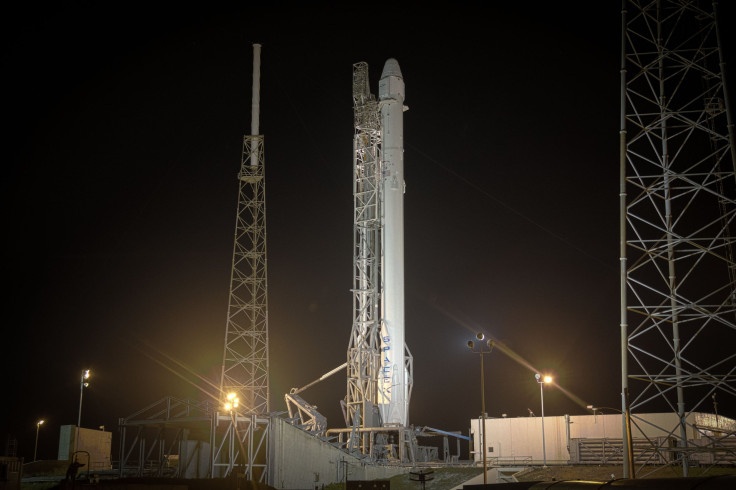Space Venture Capitalism: Will There Be Another SpaceX In The Booming Commercial Space Industry

The commercial space industry is growing rapidly, with companies like SpaceX, Orbital Sciences and Virgin Galactic getting plenty of publicity for their recent innovations, and the return of manned launches to the United States moving into the hands of Boeing and SpaceX as part of NASA's Commercial Crew Program. With this growth, venture capitalists specializing in the space industry are looking for the next big opportunity.
In an interview with International Business Times, Ilya Golubovich, founding partner of I2BF Global Ventures, discusses his company's portfolio, asteroid mining and the next big space industry.
Golubovich and I2BF have already invested in Planetary Resources, an asteroid mining company; Dauria Aerospace, a cube satellite technology company; and CloudEO, a geo data company. But people want to know what the next "big thing" will be, with many mainly asking "What is the next SpaceX?"
"There are people who will say, ‘There is no future SpaceX,’ that, actually, vertical integration is the way to go. And, to an extent, that is what SpaceX is doing," Golubovich said. "Not too long ago, SpaceX announced that they’re going to go into satellite construction -- telecommunication, geostationary satellites and larger spacecraft to provide Internet coverage in some of the regions that lack such coverage. I think this is an interesting strategy that complements their launch platform."
Another huge growth opportunity is in the launches themselves, Golubovich said.
"There’s also the possibility where a company that innovates mostly on the spacecraft side uses the reduced cost of launch to force the rest of the industry to bring down their costs, including governments that are actively involved in the launch industry, such as Russia," Golubovich explained.
"Virgin Galactic, for example. Everybody knows them as a tourist company, but what I find much more interesting about Branson’s venture is their LauncherOne platform," he continued. "It’s designed to launch smaller satellites to low-Earth orbit for a fraction of the cost than even SpaceX is offering."
The commercial space industry is still expensive. Golubovich estimates Elon Musk spent $1.5 billion to $2 billion to get SpaceX established, which is why the future of the business may turn to smaller technology. Cube satellites, or CubeStats, are small but offer much of the same capabilities of larger satellites. The advantage of using CubeSats is the ability to launch several at a time on the same rocket. Commercial Resupply Services missions, launched by SpaceX and Orbital Sciences, regularly carry CubeSats to the International Space Station.
Golubovich predicts 2,000 CubeSats will be launched by the end of the decade, compared to 1,800 active satellites currently in orbit. With the launch of so many CubeSats, the influx of data could pave the way for new growth in the industry.
"What excites me the most is all the information that the cube satellites will produce. More than half of these planned launches are going to have Earth observation, Earth imaging, remote sensing capacity, and this will create a flood of space data," Golubovich said. "And I think this is where an exciting business opportunity lies, it is how we are going to convert that influx of data into useful information to businesses and individuals."
If the idea of tiny satellites weren't exciting enough, there is also asteroid mining. NASA is already investigating the possibilities of asteroid mining, as is Planetary Resources. Platinum, gold, iron, nickel and cobalt could all be mined from asteroids in the future, but something more precious and useful could be mined in just a few years. Water is vital to space exploration and could be used as fuel for satellites or converted to air for use by astronauts, Golubovich noted.
"Imagine encapsulating a 50- to 100-meter asteroid in a shiny envelope. When it starts to reflect the rays of the sun, the temperature within the envelope rises and water begins to evaporate. When you stop exposing it to the sun, it condenses again and turns to ice and you just release the asteroid and you have purified ice that you can transport in that envelope," Golubovich said. "Imagine if you had all of that water available without having to launch it to space, that would enable fueling large space stations and longer interplanetary missions. That really opens up a new age of space exploration, and I don’t think that it’s too far away."
© Copyright IBTimes 2024. All rights reserved.






















